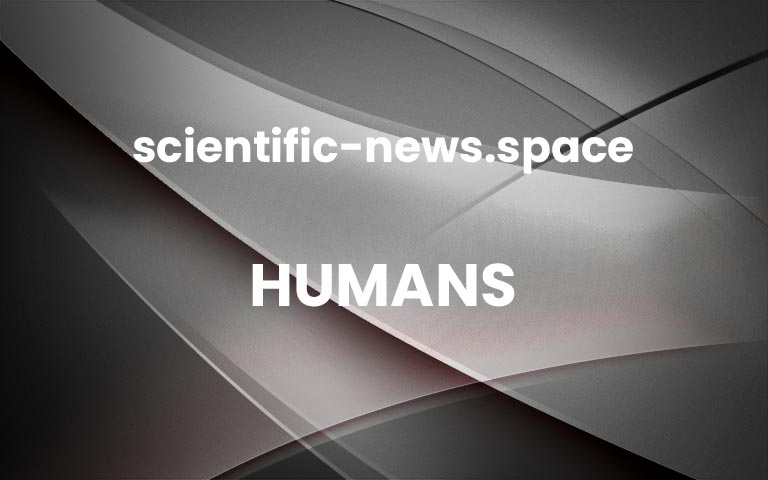Who wore it better? How masks can make you more attractive, or less
Josie Ford
The eyes have it
Valentine’s Day fast approaches – indeed, given the state of many postal services, you may thankfully already be hearing its Doppler-shifted whoosh to lower frequencies.
This can only mean the world is agog for the latest top tips on love and dating from Feedback’s stationery cupboard-cum-boudoir. Giving us all hope in these uncertain times is a paper from Farid Pazhoohi and Alan Kingstone at the University of British Columbia in Canada, thrust through our door by an attractively half-masked colleague, entitled “Unattractive faces are more attractive when the bottom-half is masked, an effect that reverses when the top-half is concealed”.
Feedback likes papers with titles that say it like it is. We delve further only to confirm that mask-wearing doesn’t enhance the attractiveness of faces already deemed highly appealing. Given beauty is in the eye of the beholder, we can only wonder why we didn’t all seize the evolutionary benefits of mask-wearing long ago. We can only surmise that, if inclined to act on any impulses, masks would start getting in the way at some point.Advertisement
A nice touch is that wearing a mask on the top part of your face, covering your eyes, makes highly attractive faces less attractive – but has no effect on the perceived attractiveness of less attractive faces. Noted, but we humbly submit that, as a mating strategy, this is both undesirable and impractical.
Love in the time of crypto
“Owning cryptocurrency may make you more desirable on the dating scene, study finds”, reports CNBC, meanwhile. Feedback also likes a good study that finds, especially when, for example, the study doing the finding that “33% of Americans said they would be more likely to go on a date with someone who mentioned crypto assets in their online dating profile” is sponsored by a cryptocurrency trading platform.
What’s more, “nearly 20% of singles would be more interested in you romantically if you set an NFT as your profile picture on a social platform or dating site”.
“Non-fungible token”, we helpfully supply. Rapid, snarky reactions on a social media site famed for rapid, snarky reactions included “In the metaverse tho…lmfao”. Of course, in the metaverse, we will all be wearing those eye masks, which may make things easier, or not.
Um-tiddly-um
Talking chemistry, Jim Ainsworth has been amusing himself by finding chemical elements that didn’t make it into the periodic table, and therefore our fiendishly difficult Christmas word search. It is an exhaustive, not to say exhausting list, encompassing, among many others, premium (a top element), superbium (even topper), tedium (long half-life), imodium (essential in some diets), pandemonium (unpredictable properties) and, verging dangerously on satire, putinium (few electrons, probably rigged) and trumpium (lacking a truth particle, capable of splitting a country down the middle). Thank you, Jim. Since you’ve got time on your hands, do try the word search.
CHEAP
Speaking of word games, the purchase of viral hit Wordle by The New York Times – they might not want your money, but they want your data – prompts Sarah Bossanyi to remind us of the low-budget version “Bulls and cows”, in which two players take it in turns to guess each other’s five-letter words. “HYENA” or “PHLOX”, she suggests, to which we counter “UVULA” or “WLONK”. The rules are freely available online, and a pen and paper are considerably cheaper than somewhere northwards of $10 million, as Sarah sensibly points out.
It never rains…
The weather-weirdening effects of climate change are brought sharply into focus by an article from ABC News sent in by several of you, reporting that Country Downs, a cattle station in the Kimberley, Western Australia, has recorded the highest daily rainfall total in that state in more than a century.
After just 17 millimetres of rain in all of December, 652.2 millimetres were recorded on 1 February, sending the Fitzroy river into unprecedented spate – “almost 500,000 megalitres a day” at Fitzroy Crossing, we are told. We imagine that is quite a lot in our favoured fluid scruples.
Fortunately, we need not leave it to our imagination. “Picture a Sydney Harbour going under that bridge in 24 hours,” the article says. With difficulty. This leaves us with a description from Michael Salinas, a hydrologist at the Bureau of Meteorology, of “3,000 Tesla Model 3s flowing every second”. The tesla being a unit of magnetism, we are now even more confused. We don’t know where these cars were swept away from, but we imagine somebody wants them back, which could possibly be achieved using a large magnet.
Stony-faced
Richard Hind writes from York, UK, under the subject line “A geek joke for you!”, reporting that he followed his dentist’s advice to purchase an electric toothbrush for removing calculus, but, having bought two to compare, he finds he can no longer differentiate. If our face seems impassive, it is only because of the mask permanently covering our visage for the mating season – although the words Richard Of York Gave Battle In Vain spring to mind from somewhere.
Got a story for Feedback?
You can send stories to Feedback by email at [email protected]. Please include your home address. This week’s and past Feedbacks can be seen on our website. More


